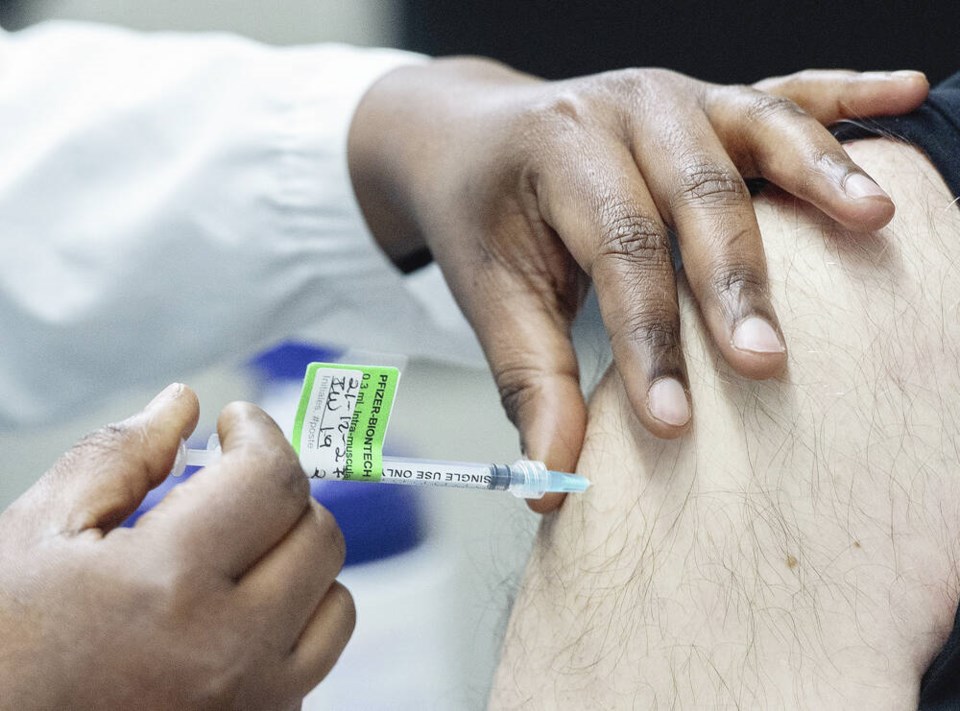Could it be that the measures we’re taking to limit the spread of COVID might actually make matters worse? The history of plagues and epidemics seems to support that thought.
Some of the worst outbreaks of infectious disease down the centuries have occurred during times of social and economic distress.
The Black Plague outbreak, which lasted from 1347 to 1353 and killed close to half the population of western Europe, followed a period of prolonged food shortage and widespread starvation. The cause is thought to have been crop failure due to unprecedented bad weather and an outbreak of cattle plague that decimated herds.
The Spanish flu catastrophe, which began in 1918, killing an estimated 50 million people, followed four years of world war. Here again, starvation and massive economic destruction created the foundation for a far-reaching pandemic.
Both Ebola and HIV/AIDS had their origin in some of Africa’s most underdeveloped and impoverished regions.
COVID-19 is thought to have broken out in Wuhan, the most densely populated city in Central China. It has been observed that a combination of closely packed food stalls lacking refrigeration, along with unhygienic living conditions, made Wuhan the equivalent of a huge petri dish in which the virus grew.
And that brings us to the present. It’s beyond dispute that our efforts to constrain the COVID outbreak have led to extensive social and economic disruption.
Social distancing, self isolating, school closures, prohibitions on visiting loved ones in hospitals and long-term care facilities, have torn at the fabric of daily life.
Surgeries and diagnostic procedures have been cancelled, church services closed, travel constrained. Couples planning their marriage are told how many guests they may have.
Uncounted small businesses have been shuttered and whole sectors of the economy disrupted.
And with large numbers of employees staying home, global supply chains have been weakened and in some cases, almost destroyed.
As a result, inflation levels in the U.S. have climbed to a 40-year peak, as supply levels cannot keep up. In response we must expect central banks to raise interest rates, in an effort to cool demand.
But that has implications for would-be home buyers, who may find higher mortgage prices unaffordable. Families with maxed-out credit cards are also at risk.
We see the consequences all around us. Overdose death rates have skyrocketed. Teenage suicide rates are up.
One in three Canadians report mental health problems, and one in four say they are depressed. Life expectancy has declined by two years in the U.S., and seven months in Canada.
All of which raises the question, is the “cure” for COVID worse than the disease? We are, at heart, a social animal. Long-term disruptions of basic human interactions must do lasting damage to our way of life.
Two thoughts are worth considering. First, it would help restore a sense of normalcy if our public health officials took more care with their messaging.
Is it really necessary, for example, to classify every case of COVID reported at a hospital or nursing home as an “outbreak”? The definition of an outbreak is “a sudden or violent increase in the incidence of a disease.”
One or two cases do not meet that standard. Would public health staff report an outbreak of heart disease, if a single patient were admitted to hospital with a heart attack?
And do we really need the near-daily death counts that keep us all off balance?
Second, we should be told now how efforts to control the virus will be scaled back in the days ahead. For it’s clear we cannot sustain indefinitely such constraints on daily life. The damage is too great.
In effect, we’re going to have to live with COVID, as we live with the common cold and flu. That means a more balanced approach, placing disease control in its proper place, as only one of many priorities guiding public policy.



